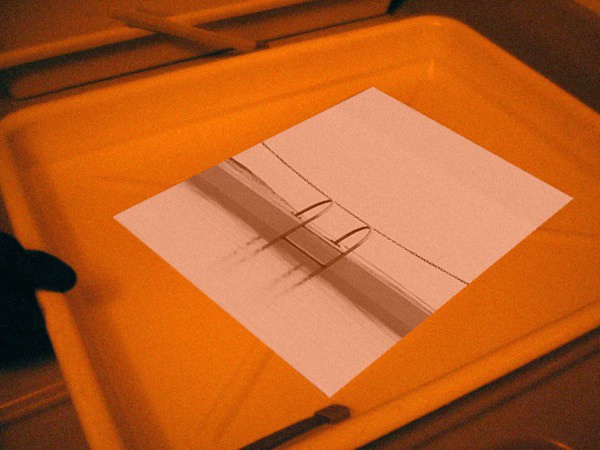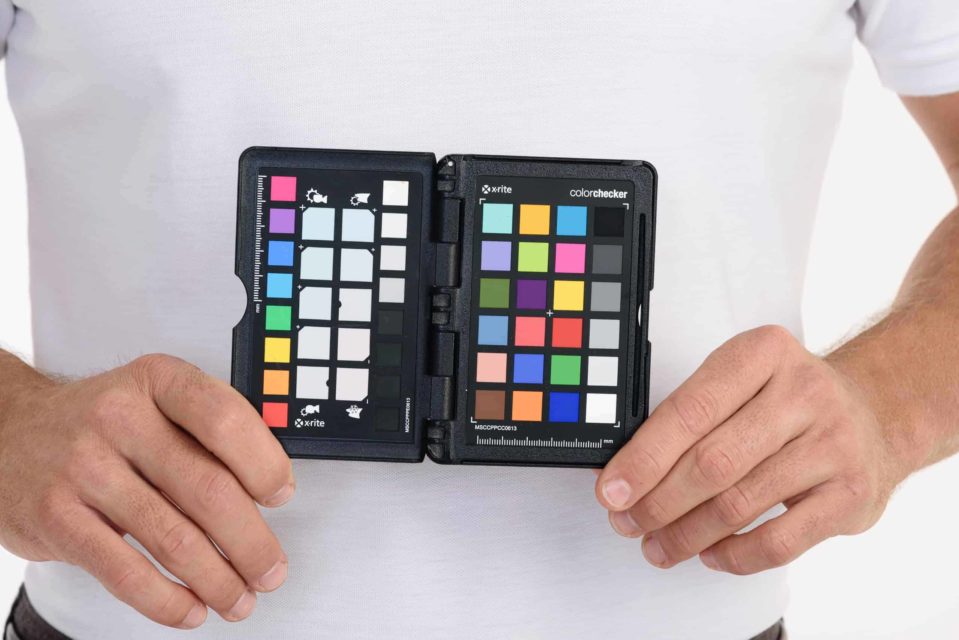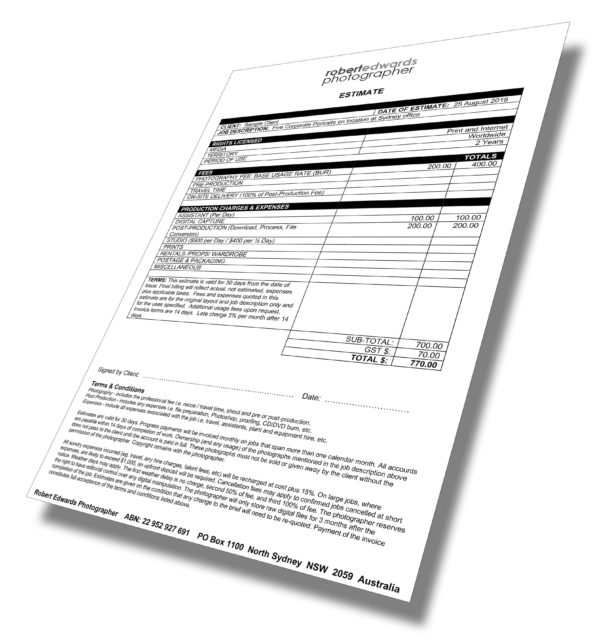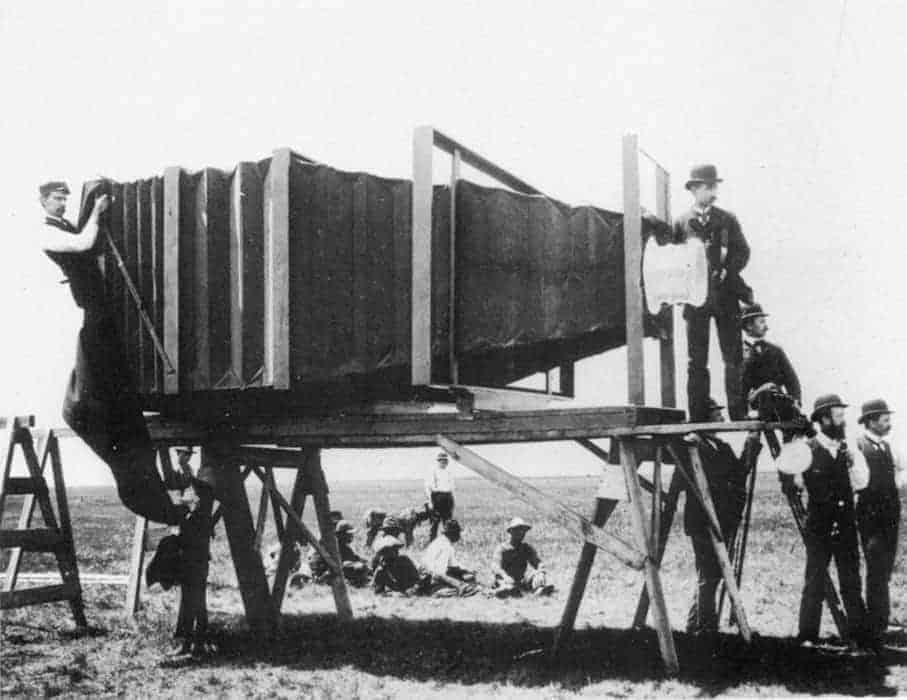For 150 years professional photography has been delivered in a common format. Images were processed using standard formulas for predictable, repeatable results. Commercial photographers would supply their clients with prints, film and before that glass plates.

This would be repurposed for printing or other type of reproduction. While digital offers infinite ways to process images industry standards have been established to ensure a common experience for image receivers.
Before supplying the images a professional delivers non-tangibles in the course of doing business.
Professional Quality
It’s given that the images you receive will be of a high technical and creative standard. That means the images are suitable for your use and fill the brief. The goal is to exceed those expectations.
This assumes the photographer knows how to measure these and that can only come from training, experience and associating with other professionals. Traditionally that was through higher education, apprenticeship and membership of a professional association.
File Specification Standards
OK I’m a stickler for standards.

With film there are specifications for densitometry, specific gravity, etc,. In digital there is color management, compression, etc,. As a receiver of images you need not know the jargon but your photographer should. To assist you the Universal Photographic Digital Imaging Guidelines published a guide for image receivers.
Depending on how you will use the images your photographer will prepare and deliver them in the proper formats.
Insurance
It both surprises and frightens me when a photographer or client don’t see the need to be adequately insured. My parents were both in the industry so it was drummed into me. Public liability will protect you and the photographer, while professional indemnity and equipment insurance help make your job go smoothly, if anything should go wrong.
Quote
Ask for a quote, a written quote. As with most creative professions there is no cookie cutter template for every job.

Your photography deserves to be custom created to fit your needs and this brings variables. Where the images will be created, for what purpose and how much time needs to be invested are some of the factors determining costs. I’ve posted how this becomes easy once you and the photographer have an ongoing relationship.
Experience
Naturally the more experienced the photographer the easier your job will be. Professionals will know what to do, foresee any issues and how to handle problems if they arise. Experience means the photographer will know what and who else is required to make your photography.
Do you need permits, make up artists, clearance to work with children, etc,. You benefit from their knowledge and network.

Having photographed similar situations before a photographer can advise when to capture your job in camera or if it’s better to do it in post-production. This is different from being able to actually do it at time of photography rather than use Photoshop as a crutch. Sometimes you can save time and money by taking advantage of digital photography.
Experience very much includes your client experience with the photographer, the user experience if you will. How the photographer treats and respects you, your staff, possibly your client, and other crew members. There is no room for prima-donnas. This has nothing to do with photography and everything to do with professionalism: empathy, maturity, human relations, time management and being business savvy.
There is a reason that first word in ‘professional photographer’ is professional.
Let me know your thoughts on LinkedIn.
